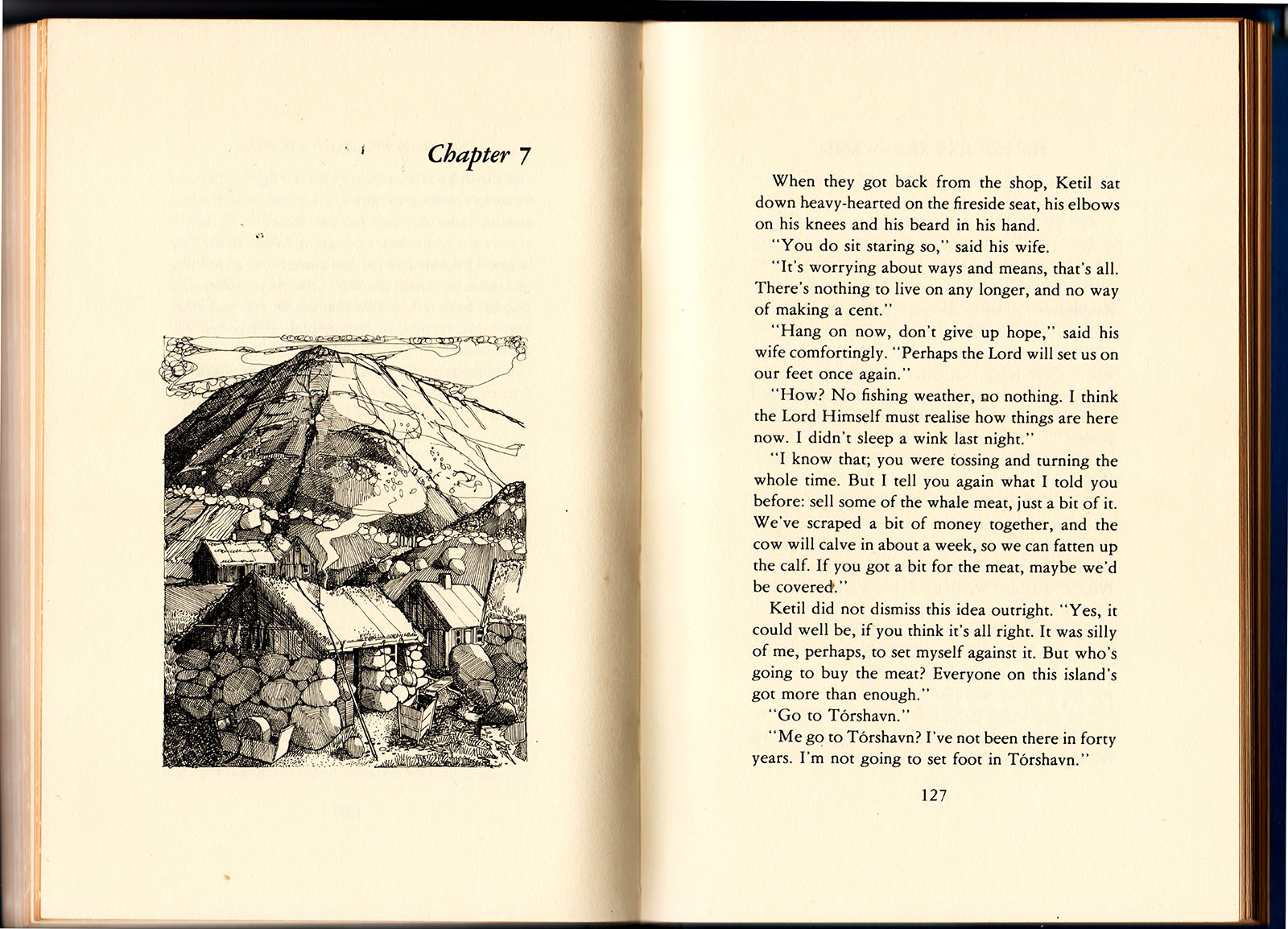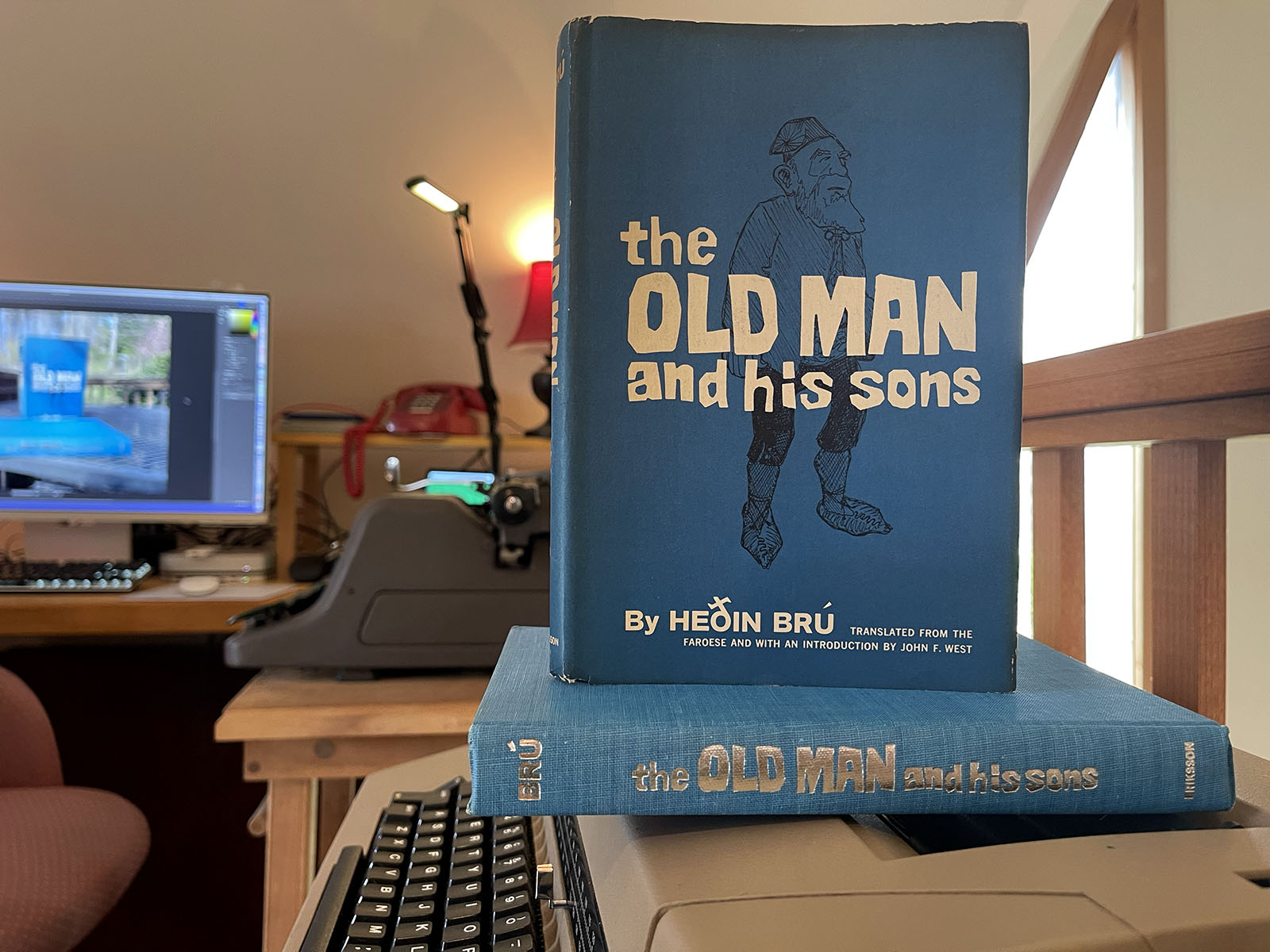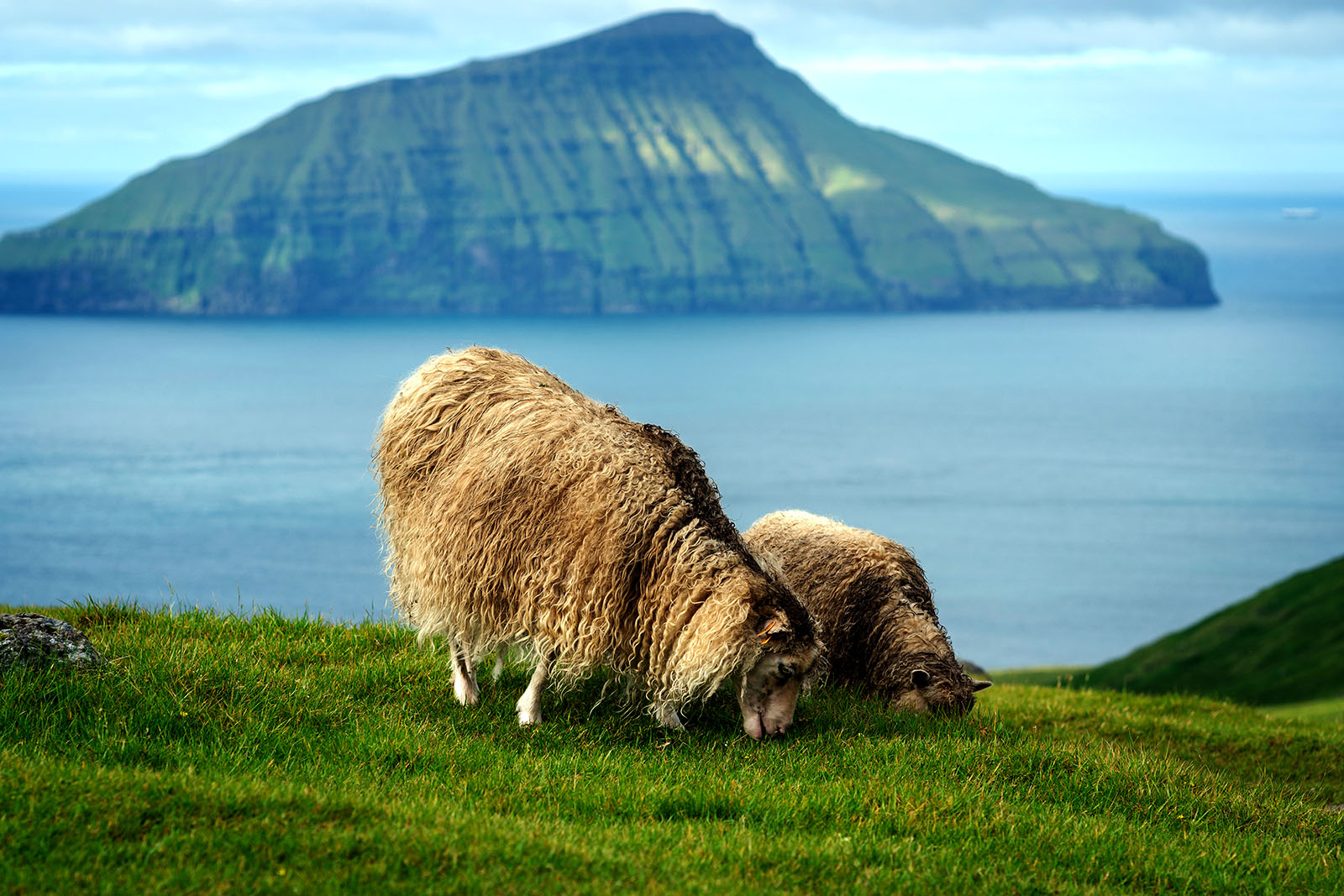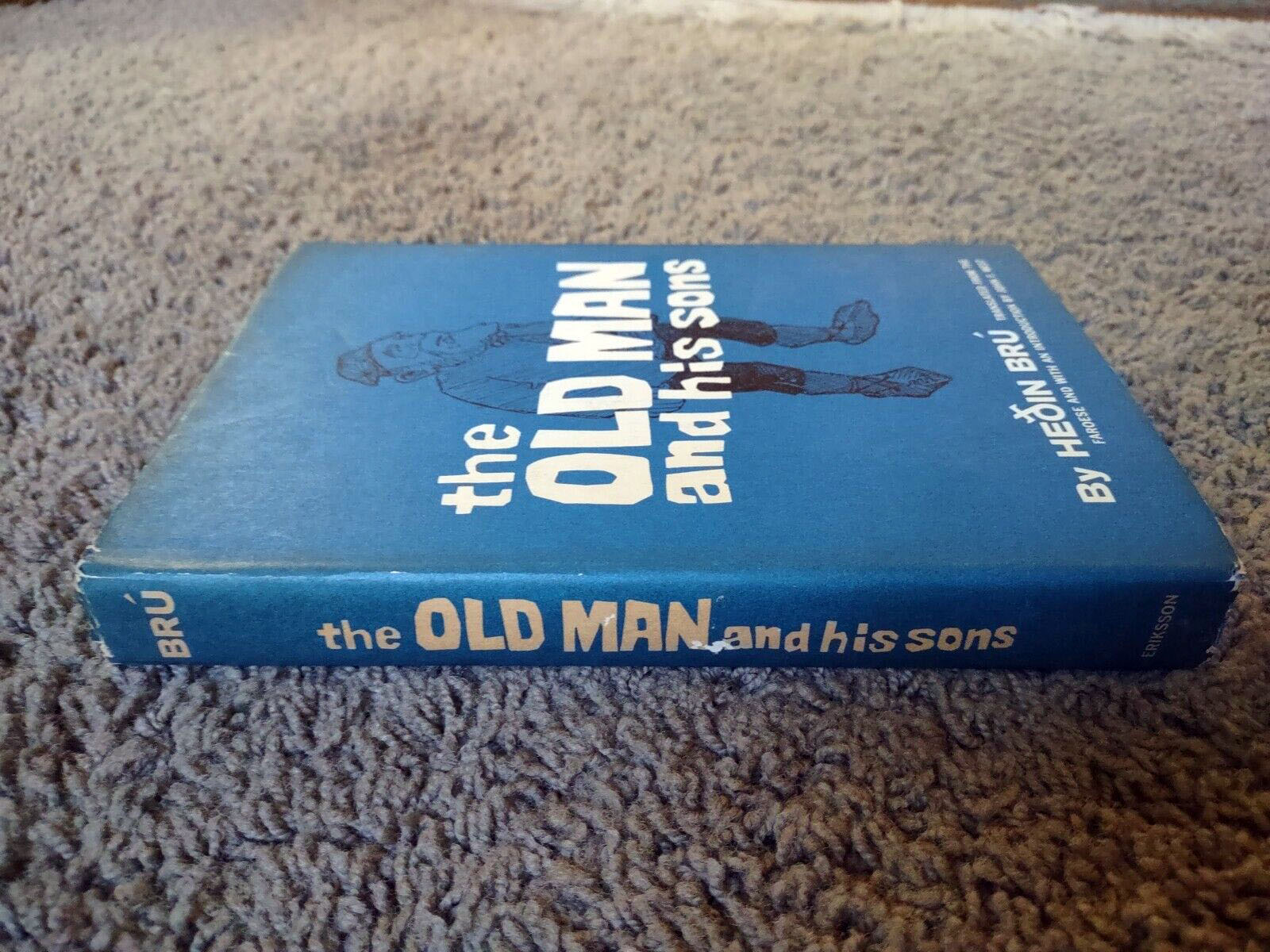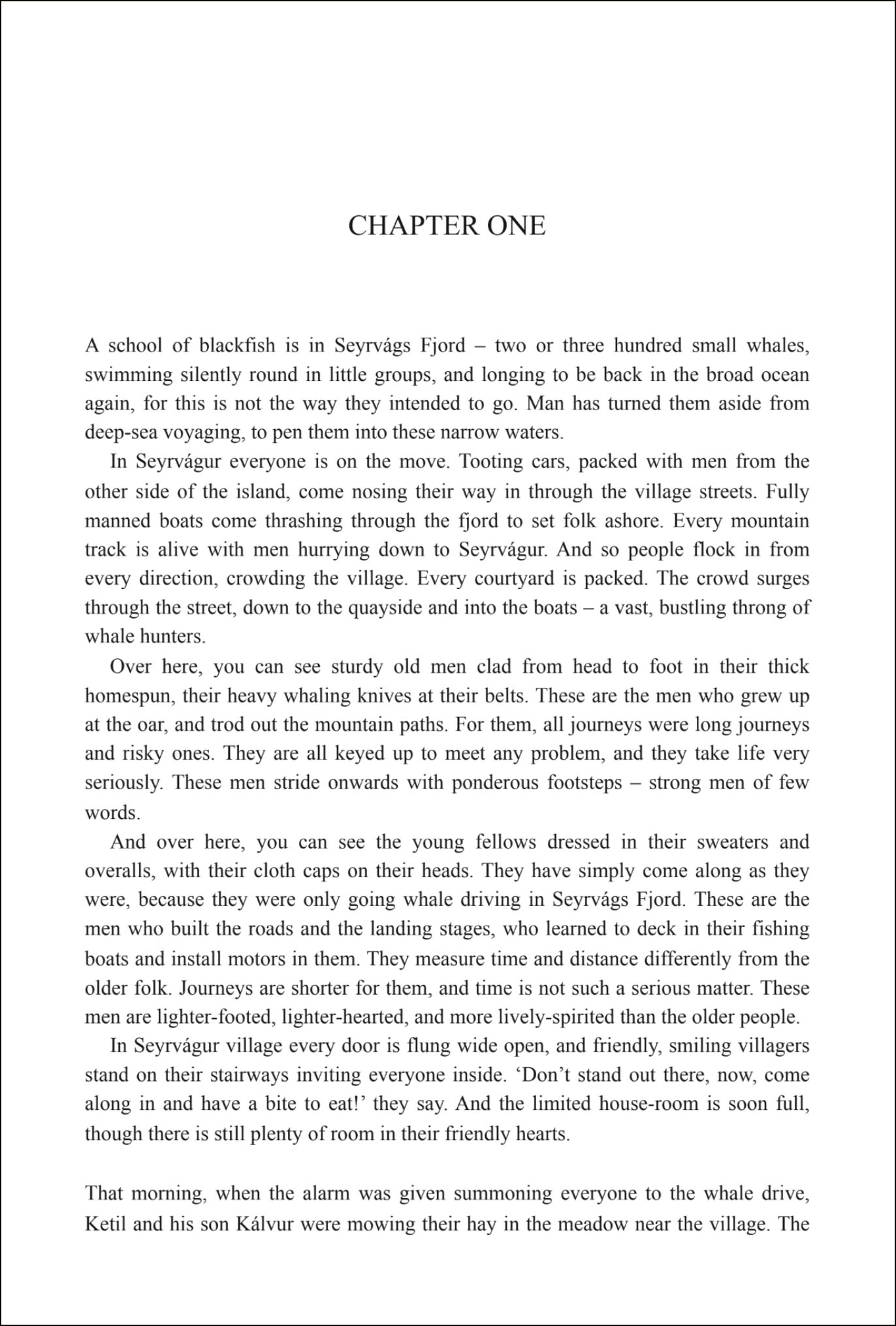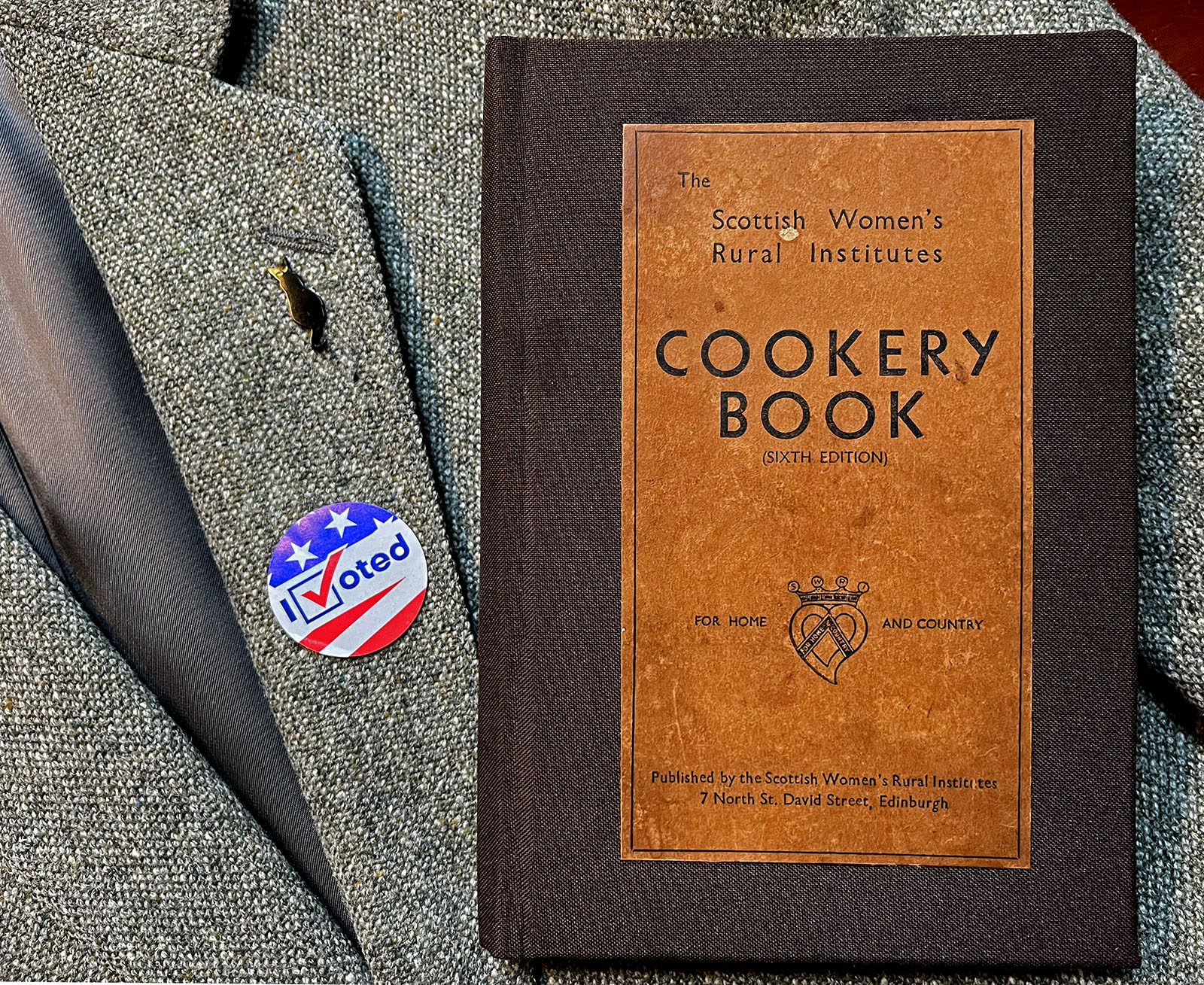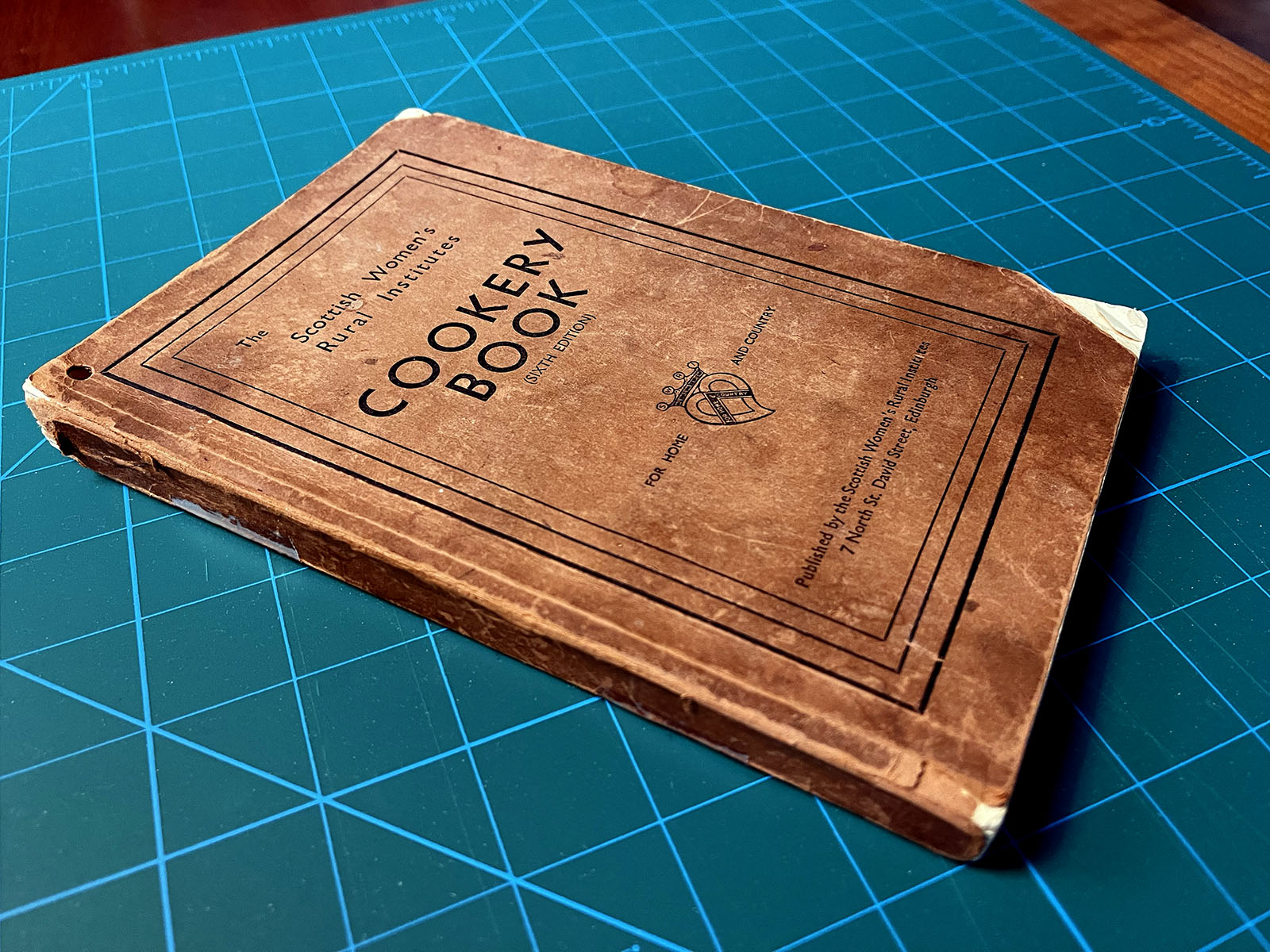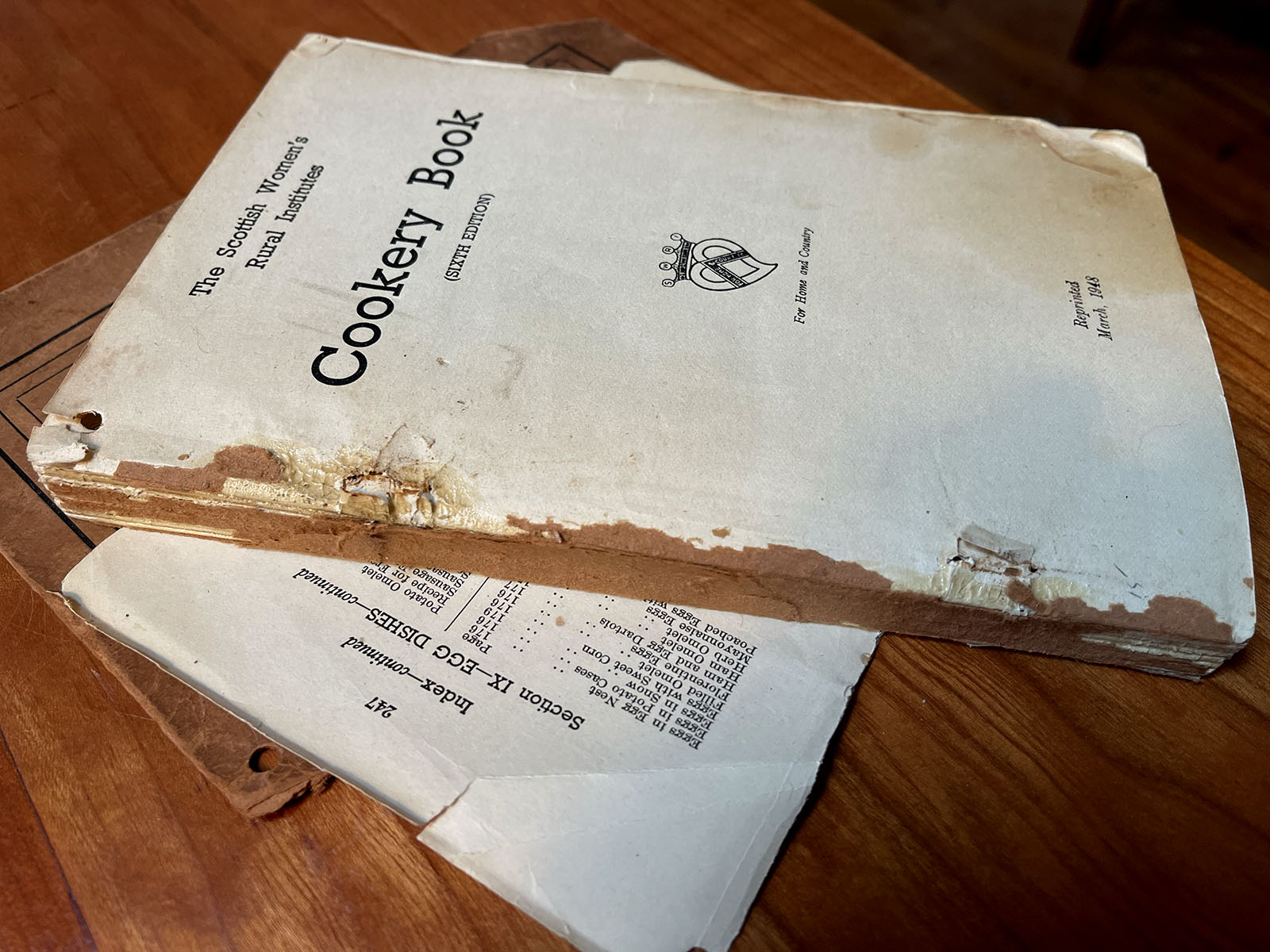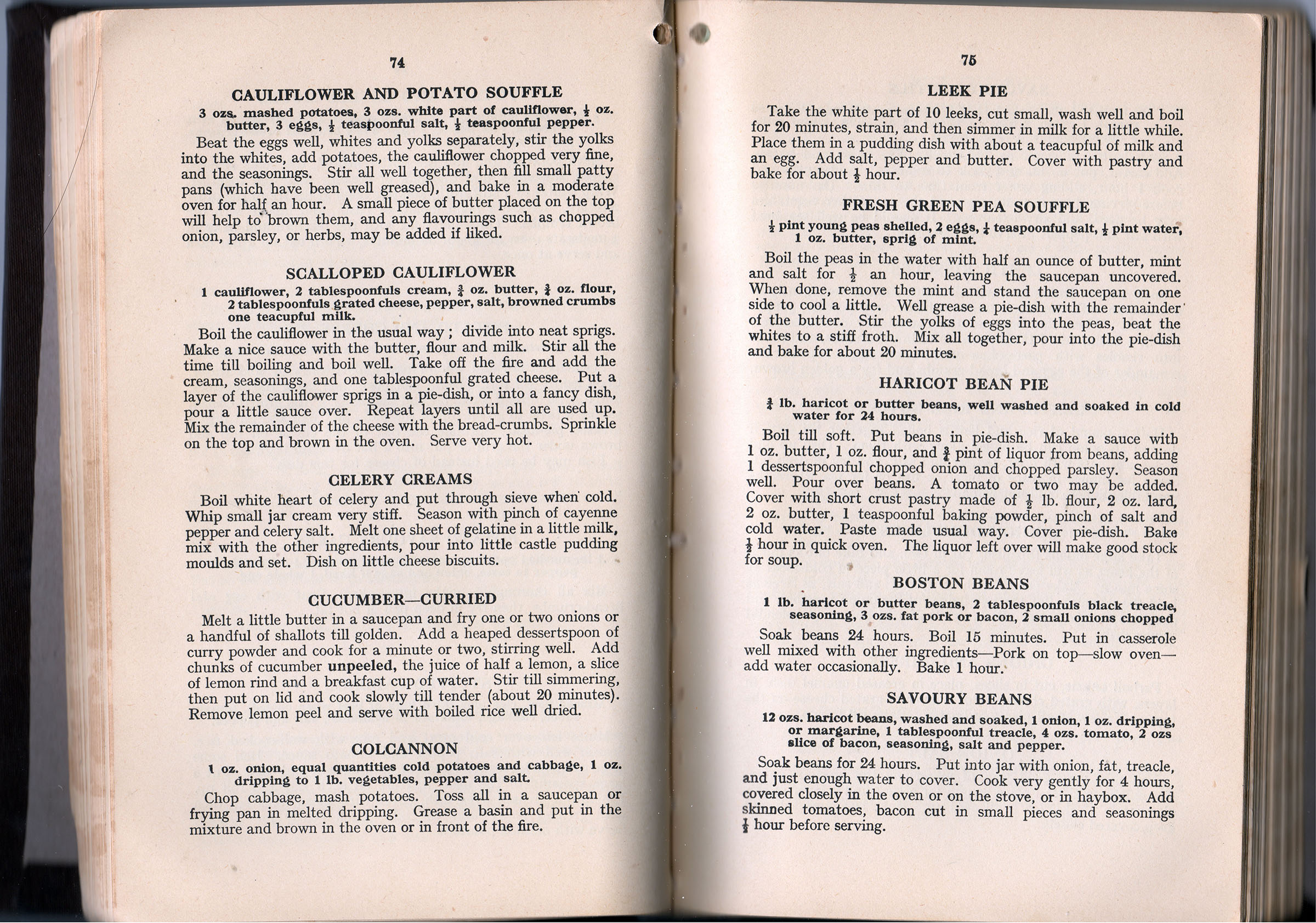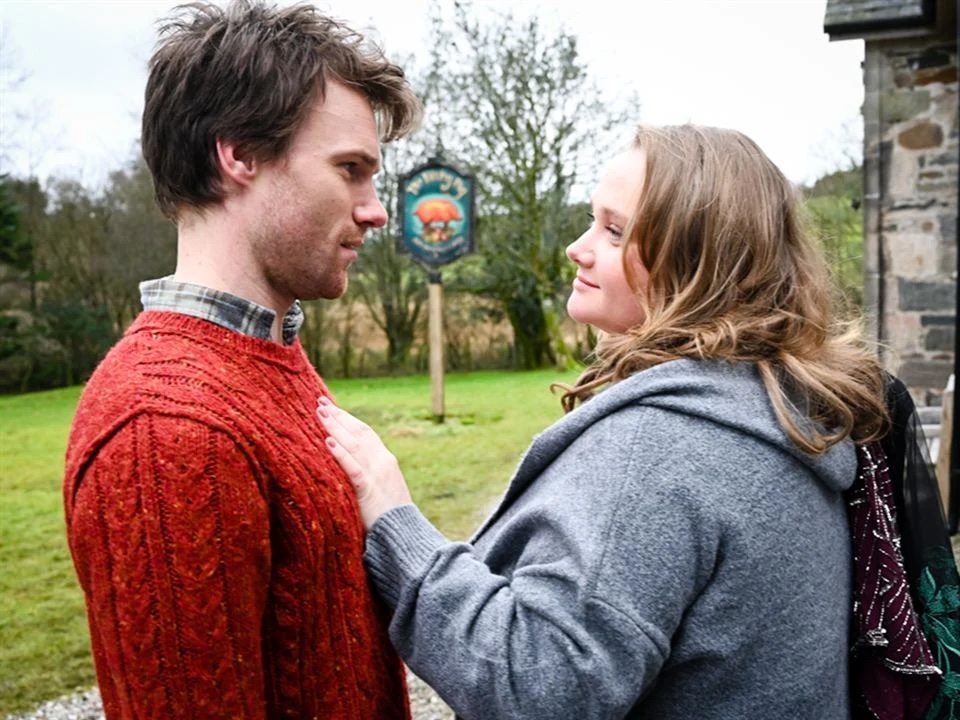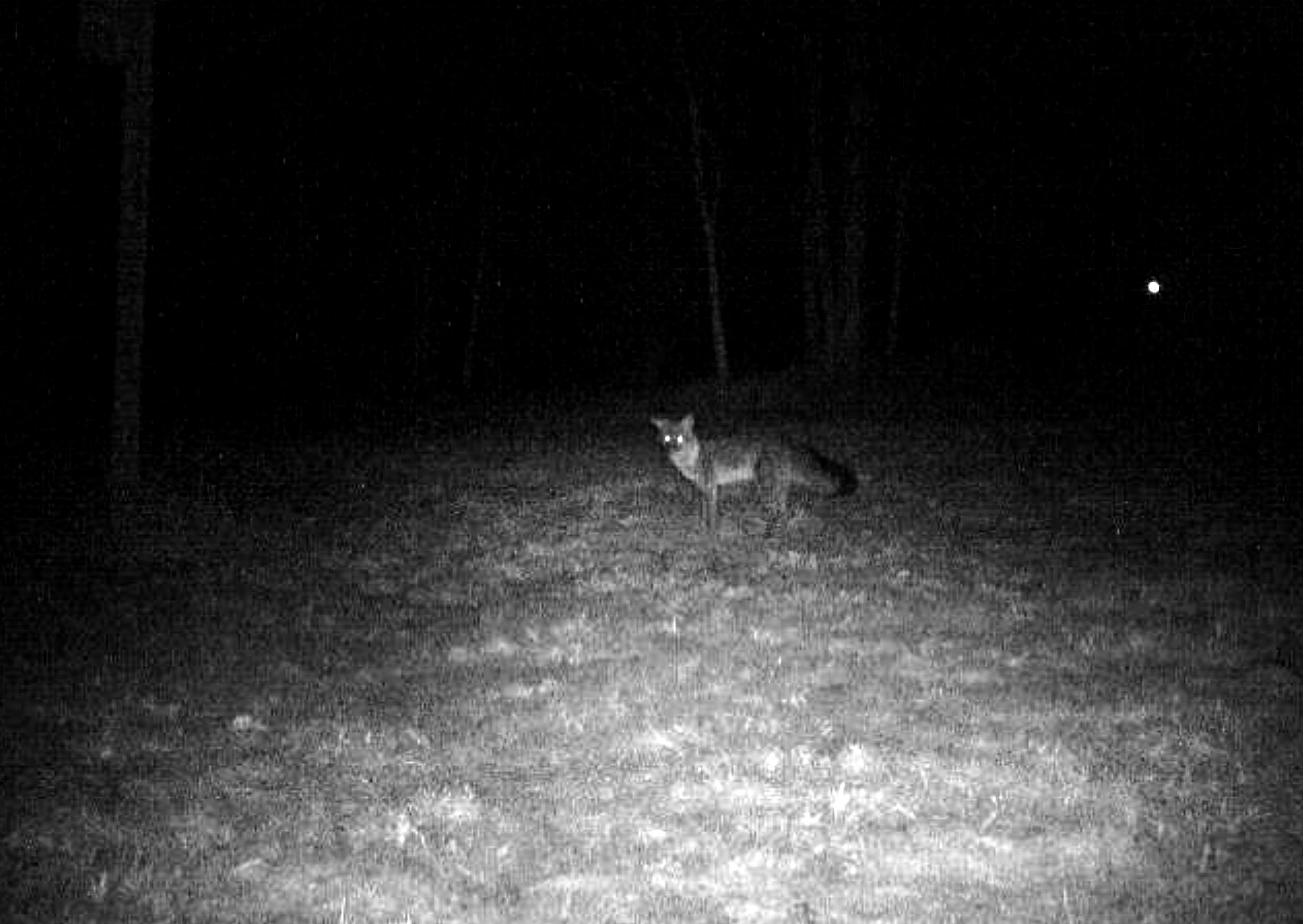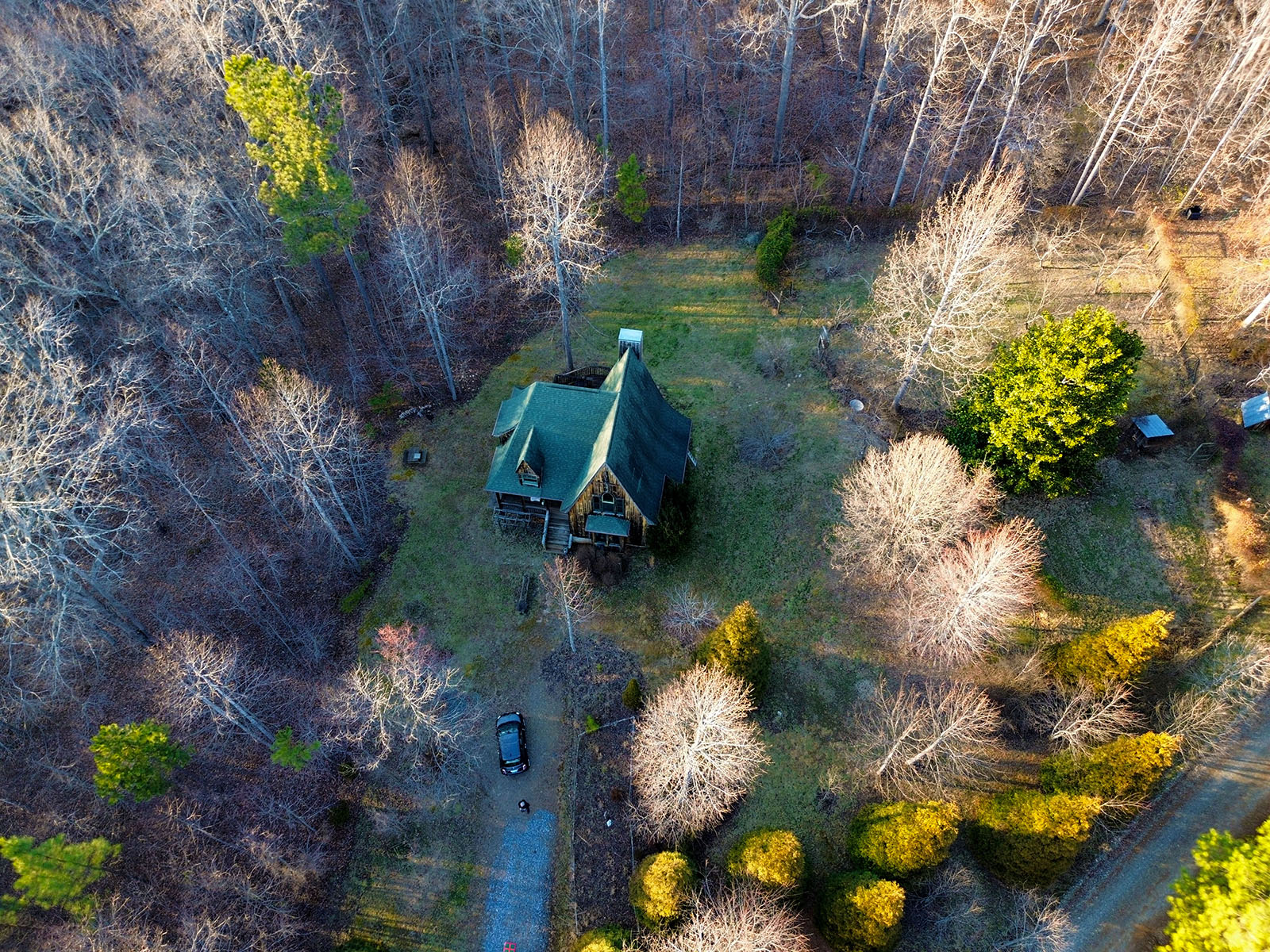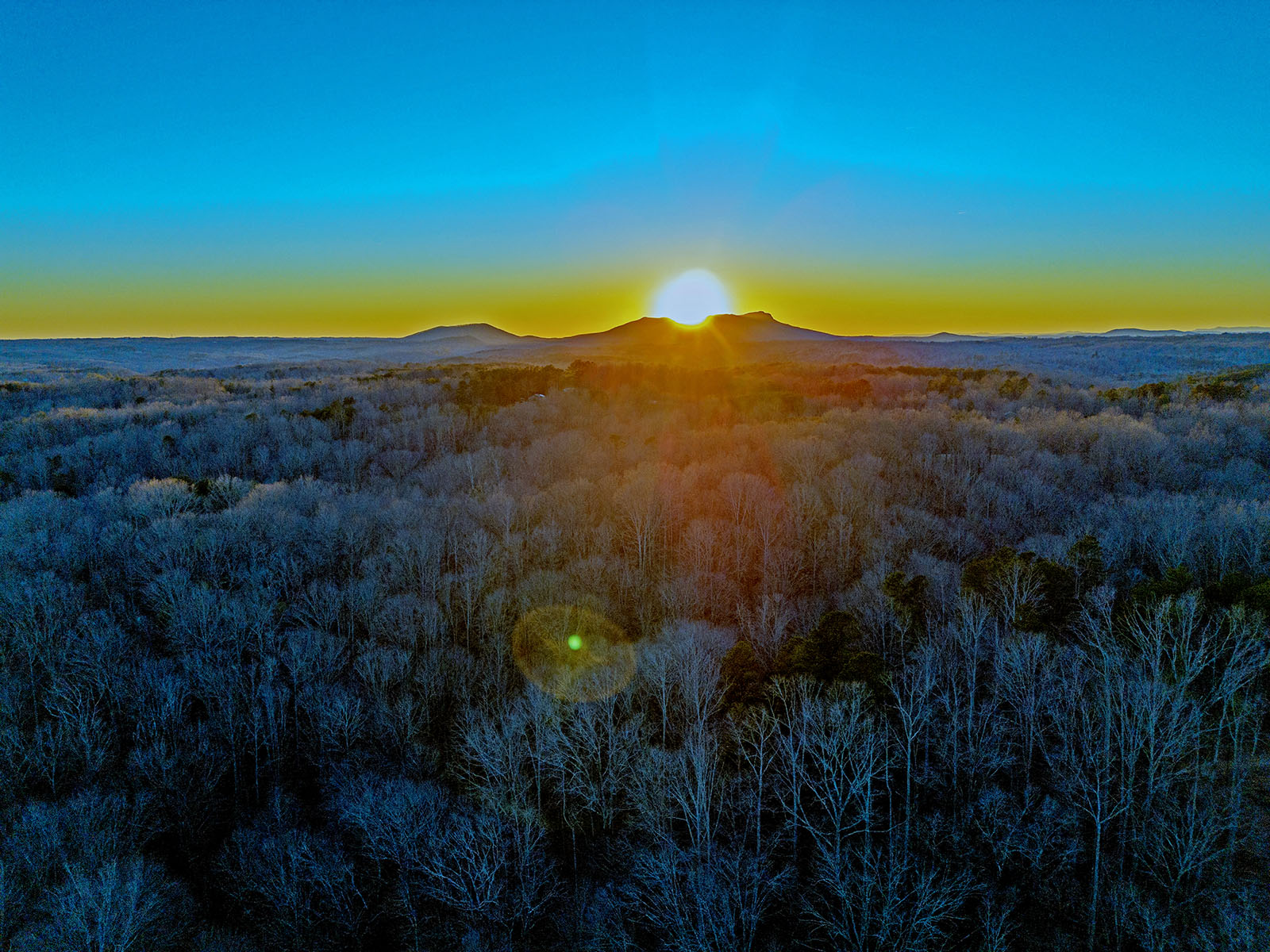
Google for the term “post-truth era” and you’ll find a great many hits, many of them in the most august of publications. For example, just a couple of weeks ago, The Atlantic ran a piece with the headline “We’re already living in the post-truth era.” This morning, in a review of an HBO documentary about Alex Jones, the Washington Post writes “A new HBO documentary about the right-wing conspiracy theorist behind Infowars explores the mainstreaming of ‘grift’ in a post-truth era.”
The irony is that, even as the mainstream media write about the post-truth era as though they had nothing to do with it, they deny their own ongoing guilt — providing an unlimited amount of space and air time for the repetition of disinformation, as though intentional disinformation is just another side of the story and something to be taken seriously. And thanks, of course, for all the hits and ratings.
It’s encouraging that there does seem to be some limit on how far media people are willing to go. Executives at NBC News must have been surprised at the blowback over their hiring of the Republican disinformation agent Ronna McDaniel as an “analyst.” Even Chuck Todd, who was notorious for allowing Meet the Press to be used as a platform for the unchallenged dispensing of right-wing disinformation, suddenly acknowledges that McDaniel has been gaslighting us.
But even if the blowback causes Ronna McDaniel to lose her sinecure at NBC News (it was reported that she’s getting a retainer of $300,000 a year), we’re still all on our own in a post-truth era.
It’s nothing new that NBC News provides a platform for right-wing gaslighting. What’s new is that with Ronna McDaniel they made it so brazenly obvious.
Television and cable news are a zone where it’s not safe to go without gas masks for protection from the gaslighting. Even those print publications with the most respected of names allow themselves to be used by people with agendas, agendas that are often disguised. For example, The Atlantic regularly prints articles by people who have accepted money from the Koch network, and The Atlantic even has Koch people on its staff. We mustn’t forget that the new publisher of the Washington Post used to work for Rupert Murdoch. We learned a great deal about the New York Times after James Bennet was forced out as editorial page editor. Members of the Koch network spilled a lot of ink about that. Their version of the story was that a bunch of young new “woke” members of the New York Times staff were intolerant of conservative voices on the editorial page. I see it differently. It’s that those young “woke” members of the New York Times staff haven’t normalized, as so many older journalists have, providing a free platform for right-wing disinformation and gaslighting. Conservative voices are one thing (Liz Cheney, for example), but intentional disinformation is something else.
The New Republic, in a blurb this morning about a new podcast, writes, “The revolt among NBC personalities is extraordinary — and could force a real debate about all the ways the media enables Donald Trump and MAGA.”
I wish I could be that optimistic. Even after Trump is in prison, I’m afraid the media will look for ways to keep the MAGA bonanza (of hits and ratings) alive.
Update: This evening, NBC News announced that they have reversed their decision, and NBC won’t be taking on Ronna McDaniel after all. Now we will get to see whether the mainstream media and its pundits can explain and defend the principles that justify its existence.


